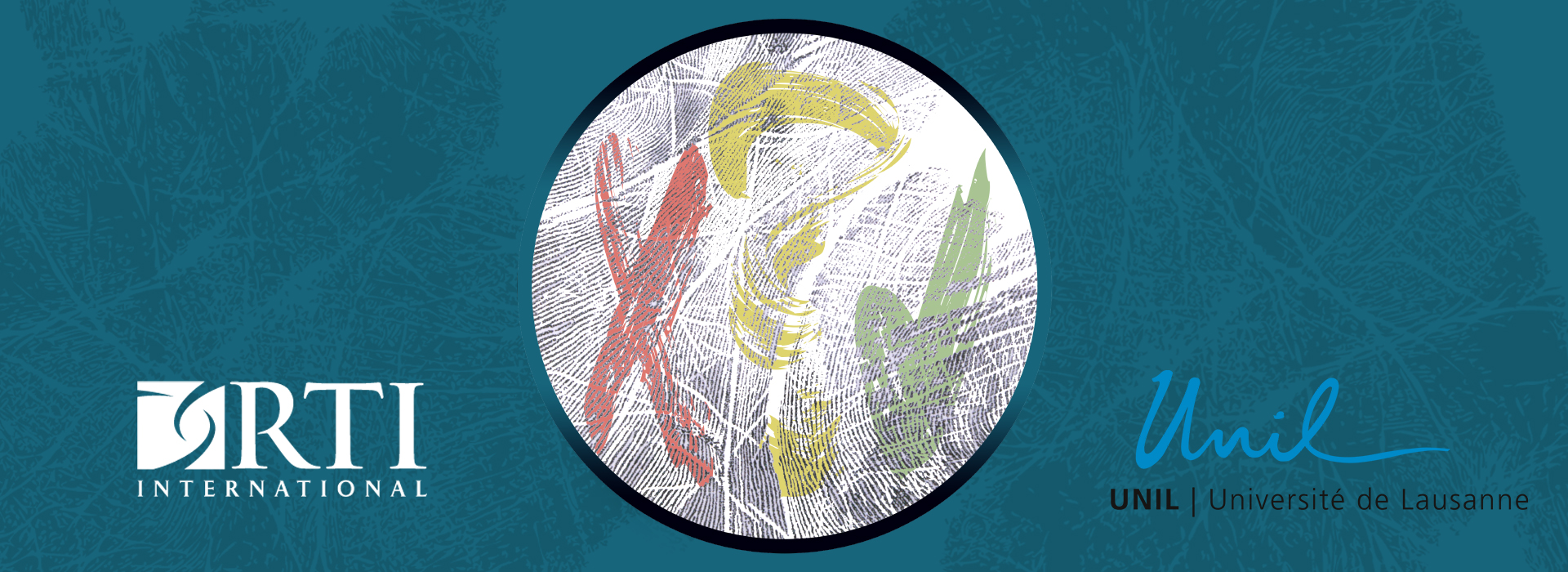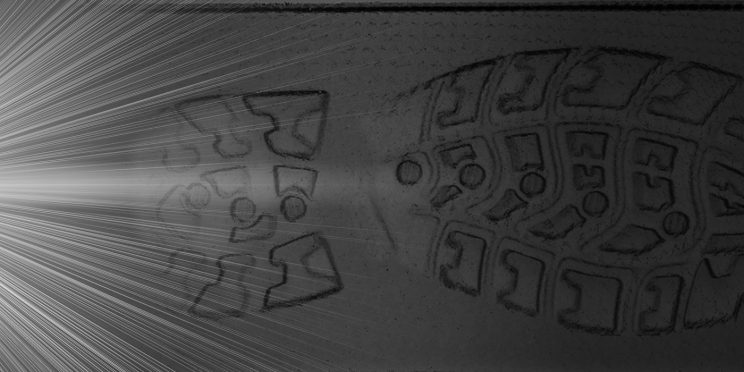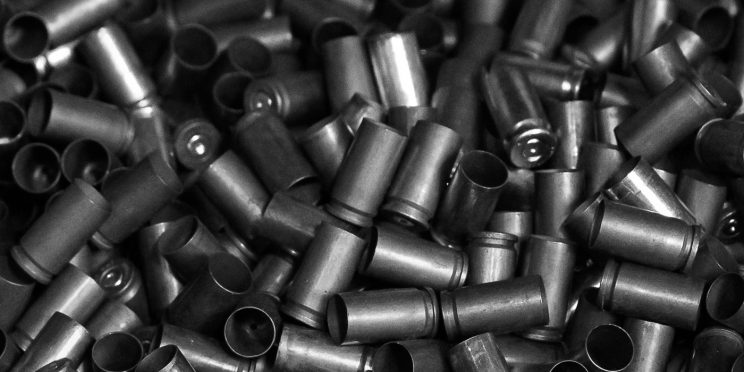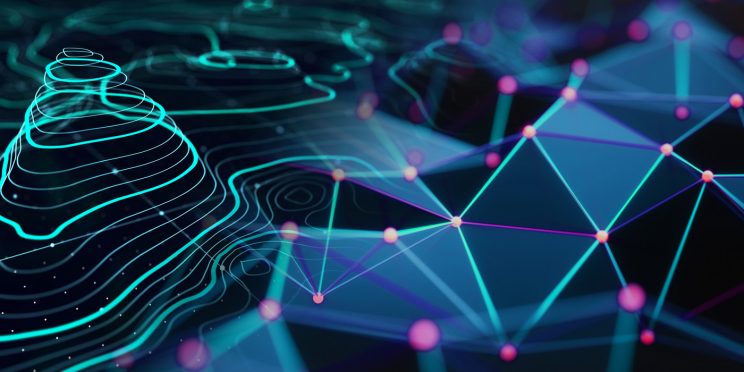This webinar originally occurred on March 12, 2020
Duration: 1 hour
Overview
In 2011, a team of researchers from the FBI and Noblis published in the Proceedings of the National Academy of Sciences the first large-scale black box study measuring the accuracy of fingerprint examiners. They reported a low rate of false positives (0.1%) and a much higher rate of false negatives (about 7.5%). The FBI/Noblis study dealt only with impressions originating from the distal phalanges of fingers (fingerprints). Anecdotally, it is estimated that approximately 30% of comparison cases involve palm impressions. It has been hitherto unknown whether examiners are equally accurate at both tasks. This presentation provided the results of a first-of-its-kind large-scale black box study that measured examiners’ accuracy when conducting exclusively palm comparisons.
This presentation reported on the results recorded both during the Analysis and Comparison phases by a total of 226 fingerprint examiners. These examiners carried out a total of 12,279 determinations in Analysis and 9,460 decisions following Comparison. The pool of cases was composed of 526 pairings of known ground truth, that is the source of the unknown impressions was known to the researchers before conducting the study. Both known mated pairs and known non-mated pairs were presented. Participants first performed a suitability analysis on unknown marks. As such, not all unknown marks proceeded to comparison. Those deemed by the examiner to be unsuitable were not presented with a known exemplar to compare. Unknown marks and known exemplars varied in quantity and quality of features to reflect the complexity of casework.
Online applications were also presented for exploring the results of the study. The implications of these results on the reporting of “error rates” associated with palm print examinations will be discussed along with the implications and incidence of “questionable” conclusions that may not be supported by a consensus panel.
Learning Objectives
- Attendees will understand how the study was designed and be aware of the results, which can be used in court to support the accuracy and reliability of palmar comparisons.
- Attendees will have considered the ways in which a conclusion can be questionable, even if it agrees with ground truth, and why this is important in real casework.
- Attendees will have a greater understanding of the levels of variability and agreement between examiners on value and comparison decisions for palmar impressions
Presenters
- Heidi Eldridge
- Christophe Champod
Funding for this Forensic Technology Center of Excellence webinar has been provided by the National Institute of Justice, Office of Justice Programs, U.S. Department of Justice.
The opinions, findings, and conclusions or recommendations expressed in this webinar are those of the presenter(s) and do not necessarily reflect those of the U.S. Department of Justice.
Contact us at ForensicCOE@rti.org with any questions and subscribe to our newsletter for notifications.




